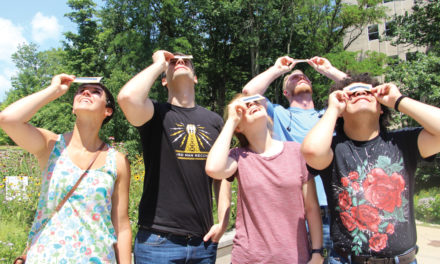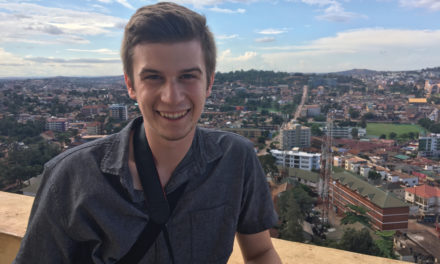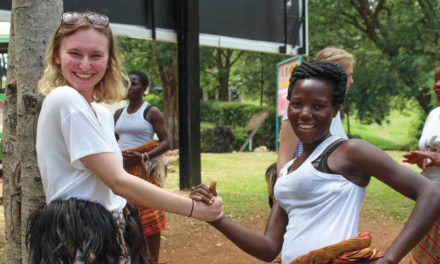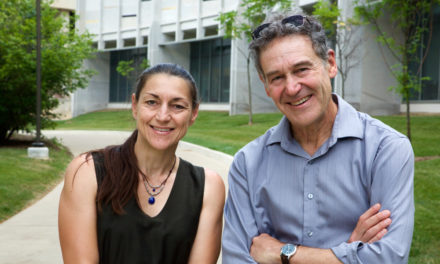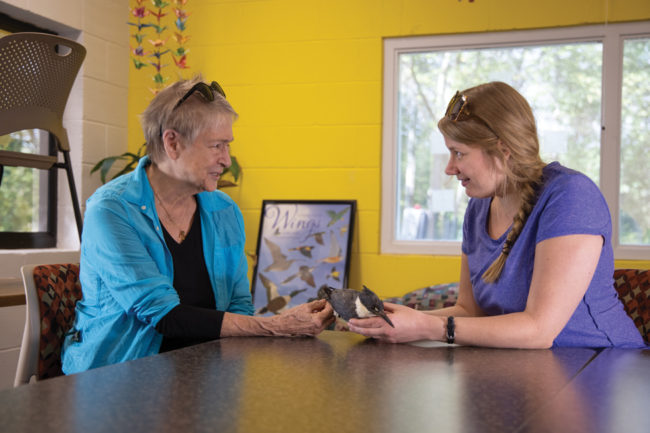
by SUSAN M. BRACKNEY
Remember birds? Our skies once teemed with them. And now? “About 25% of the birds in eastern North America are, in a sense, missing,” says Indiana University Distinguished Professor of Biology Ellen Ketterson.
A 2019 study in Science magazine states that North America has lost 2.9 billion breeding birds since 1970. “I recall birds that were more abundant in the sky when I was first starting to be a scientist, compared to how they are now,” Ketterson, 79, says.
Habitat loss, pesticide use, light pollution, and more have devastated chimney swifts, kestrels, red-winged blackbirds, and countless others. “If you weren’t there 50 years ago, 40 years ago, or even 30 years ago, this just looks normal,” Ketterson says. “But it’s not normal.”
The IU Ketterson Lab has explored whether and how environmental changes affect bird migration. Cues like day length and temperature can influence bird behavior and physiology. These in turn, may impact the timing of bird reproduction.
Just why does it matter? “Birds represent so much more biodiversity,” Ketterson explains. “When they’re declining, they’re really representing a decline in so much of the wildlife and plants that make up the natural world.”
She continues, “This isn’t just about making predictions about environmental change. We need solutions. That involves bringing the science to people and having people buy in or not buy in.”
And so, Ketterson recently added a robust public outreach component to her work. In part, she credits Bloomington Montessori School teachers and community science enthusiasts Sam and Eve Cusack. “They’ve started, in collaboration with WonderLab [Museum of Science, Health and Technology] and our group, a [youth] camp called Feathers to Flight,” Ketterson says.
Together with the Cusacks and IU’s Environmental Resilience Institute, Ketterson also oversees the local Monitoring Avian Productivity and Survival (MAPS) program. Participants capture, band, and release area birds as part of a national data-gathering community science project.
And Ketterson will co-direct the forthcoming Midwest Center for Birds and Biodiversity, a cross-departmental initiative affiliated with IU’s College of Arts and Sciences. “We need social science as well in this conservation effort,” she says. That could mean including people with expertise in geography, communications, sociology, and beyond. “Then there’s implementation,” she adds. “You take the knowledge that you have— and a potential solution—and take it to the world.”


